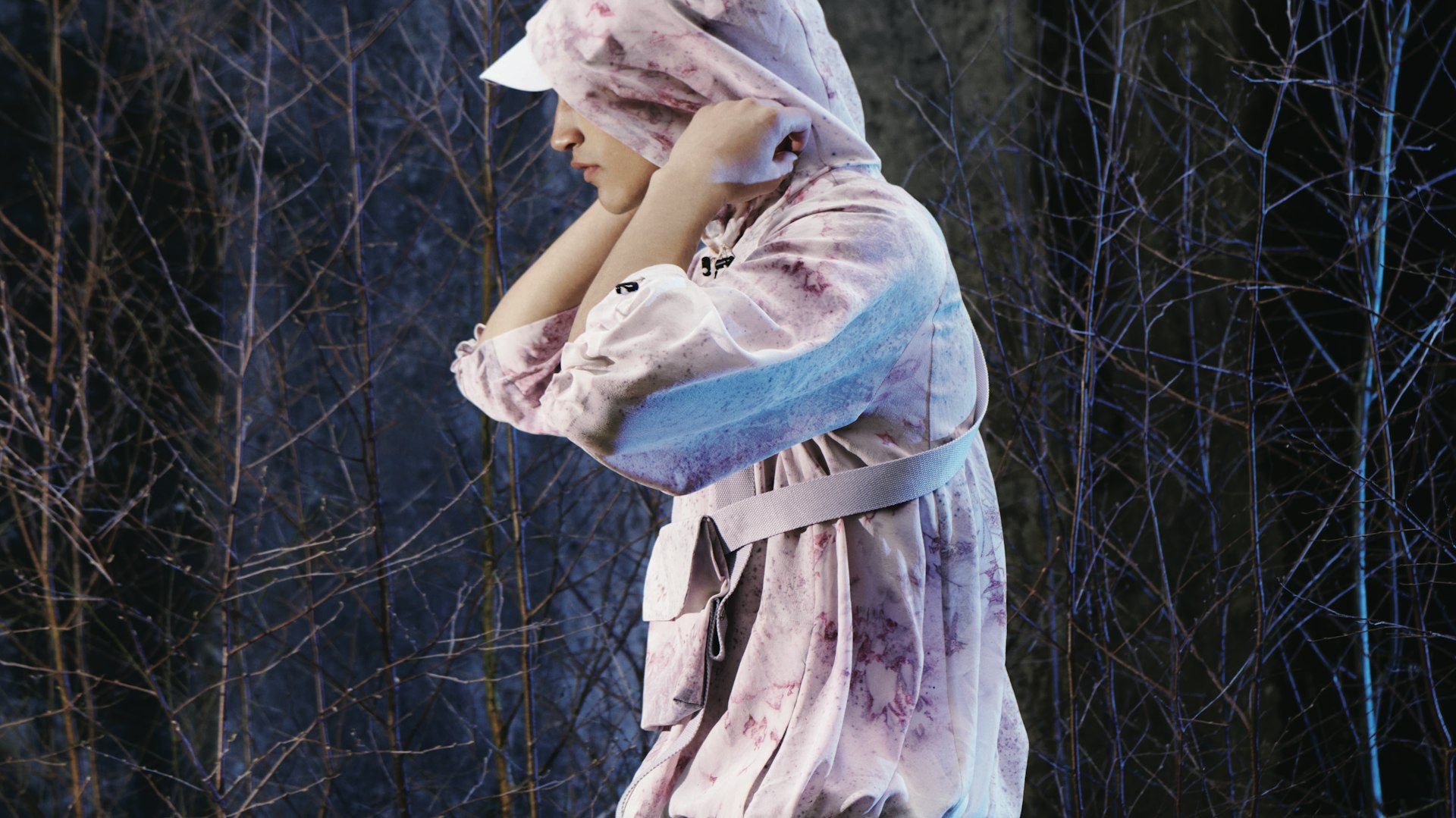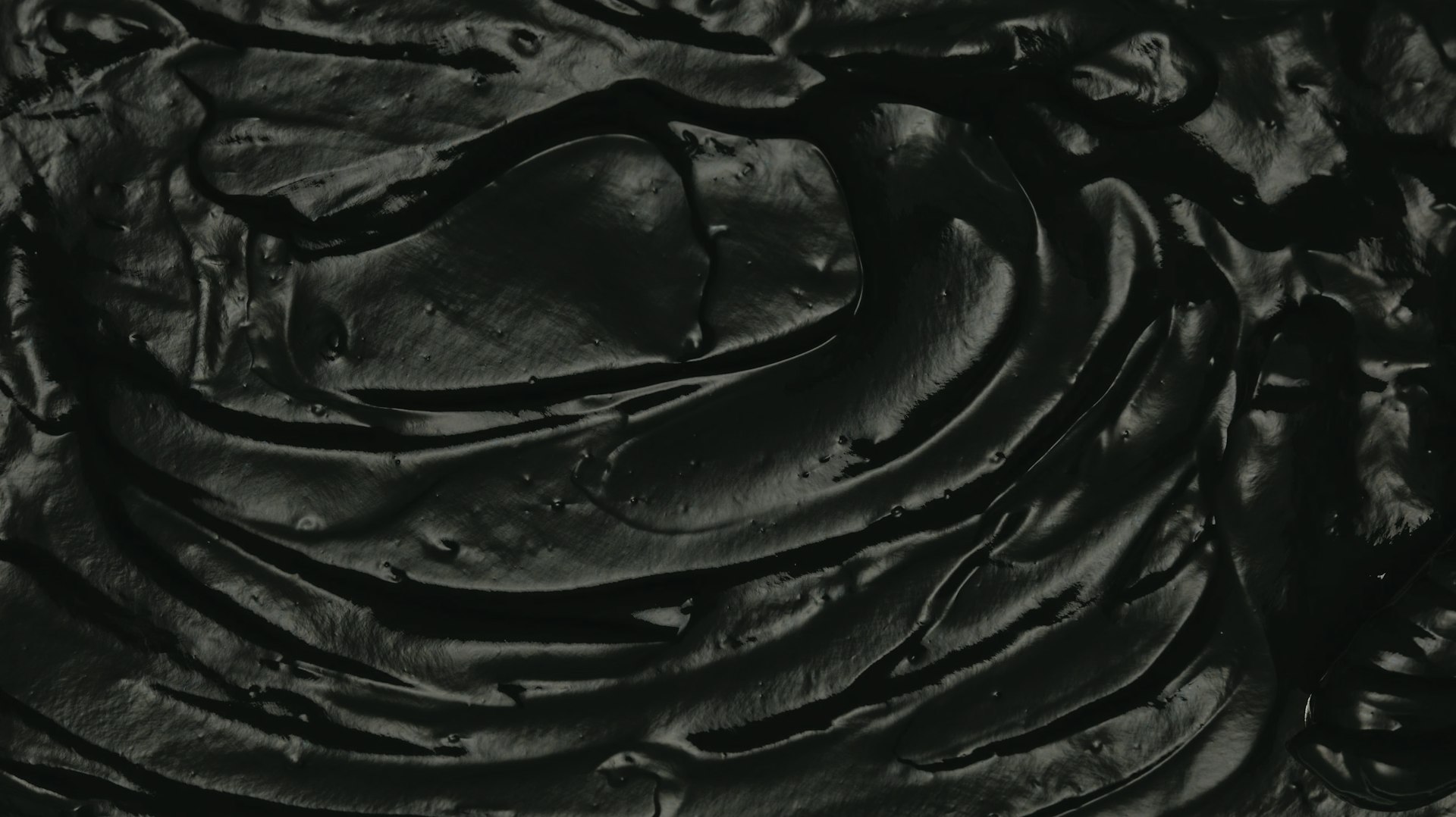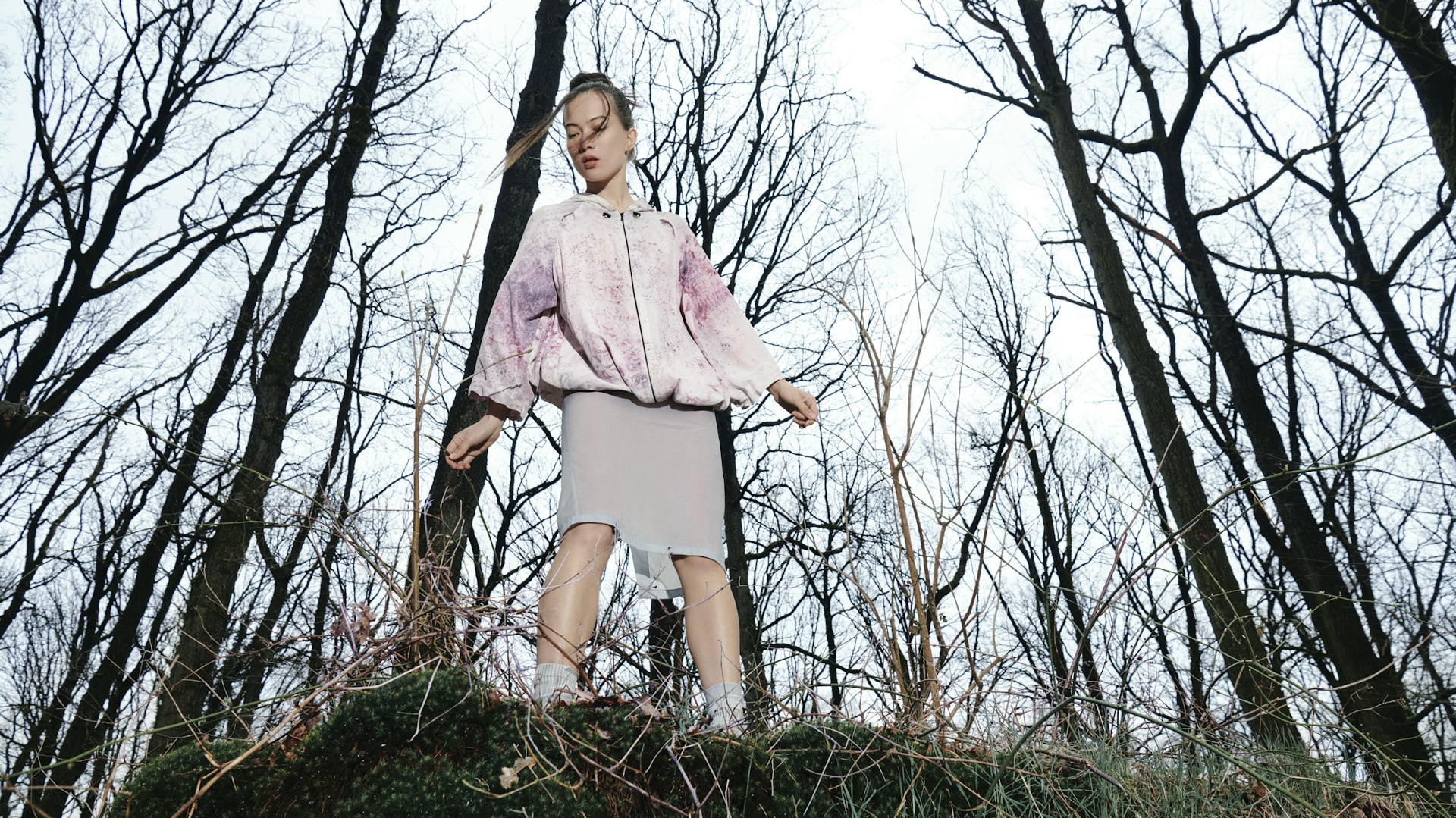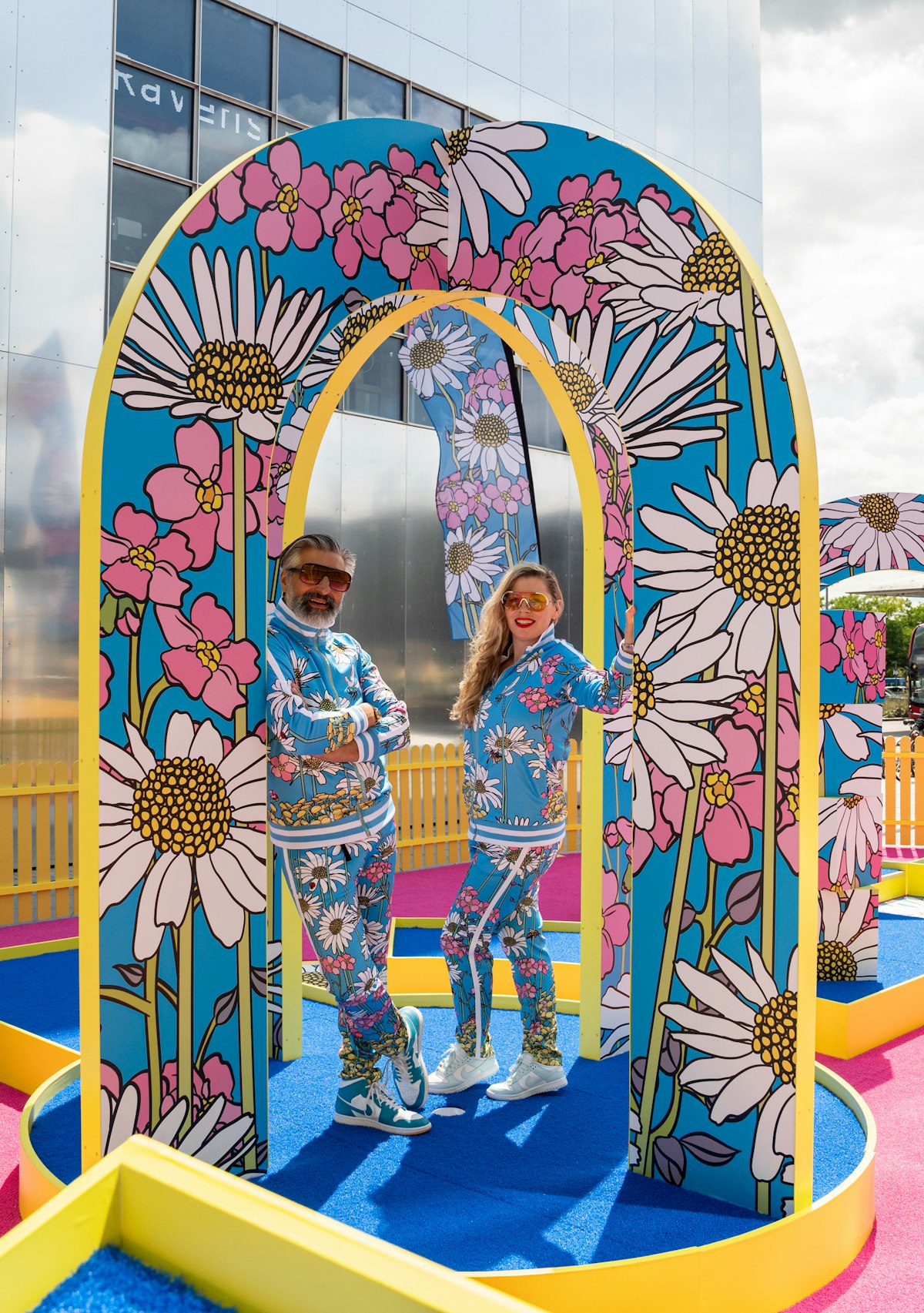
Microscopic is Beautiful
Meet the Design District Co-working studio member using microorganisms to reimagine everything from fashion and homewares to affordable art.
A fistful of soil overflows with about 100 million bacteria, completely invisible to the human eye. It teems not only with life but also with creative potential. A potential which Design District resident, Faber Futures, is in the business of exploring.
Helmed by Central Saint Martins and University College London alumnus Natsai Chieza, Faber Futures is a biodesign lab fusing design thinking with living biological systems “to generate scalable models for sustainable futures”. Its eventual aim is to take all of the world’s most polluting industries and reimagine them with biological design.
At one end of the spectrum that means advising global organisations like the World Economic Forum and MIT on the current and future potential of synthetic biology as well as the pitfalls that face the emergent discipline. And at the other end, it means building an award-winning, consumer-facing e-commerce platform, Normal Phenomena of Life (NPOL), where users can buy Faber Futures’ own biologically-engineered products direct from the source.
NPOL is a collaboration between Faber Futures and Ginkgo Bioworks, a Boston MA-based “organism company” specialising in the design of microbial life. For both organisations, NPOL represents an attempt to take brand new biological technologies and make them accessible to consumers. It exists, Natsai says, “to put biology back at the heart of the goods we make, the supply chains we build and the economies we choose to scale. To supplant those industries grown on the promise of limitless petrochemical-powered growth.”
Practically that means bringing together a range of “bio-based products” on one platform – inks made with algae, garments grown and dyed with soil-dwelling bacteria and furniture repurposed from construction waste with the help of ingenious microorganisms – all of which have the potential to repair our relationship with the natural world.
“Nature makes products that you're going to notice”
“Designing with biology forces us to reconsider every aspect of the discipline,” says Natsai, “moving us away from the rapidly-scalable industrial processes that have defined the 20th century and into a network of interrelated systems, processes and supply chains that are slower-paced, scaled to fit, heterogeneous and thus more resilient.”
Bold as this claim may seem, Natsai is almost fanatical in her belief that biodesign can usher in a bold new future for design. Clothing, home furnishings, even the most pedestrian of everyday products like ink can all be reimagined from a biodesign standpoint, and with extraordinary results.
Let’s return to the fistful of soil mentioned above. Among the 100 million or so bacteria that call it home, Streptomyces coelicolour is nearly always found, an Actinobacteria that’s rife in our soils and responsible for roughly 50% of the antibiotics, anti-cancer agents and immunosuppressive drugs currently used in clinical medicine. While just one of many soil-bound microorganisms, S. coelicolour is responsible for the ‘earthiness’ of the earth. That musky, mineral tang you can smell in the soil is the aroma of the molecule geosmin, which the bacteria secretes as it grows. Although S. coelicolour is one of the most studied Actinobacteria and the most used by humans to produce ‘natural products’, biologically active small molecules used in all manner of contexts, for Natsai, the bacteria has the untapped potential to transform the fashion industry with its extraordinary ability to produce pigments. It makes, she says, sensational dyes.
In order to dye the fabric needed to produce the world's global output of clothing, 93 billion cubic metres of fresh water are used every year, according to the Macarthur foundation, the equivalent of 37 million olympic-size swimming pools. Much of this water leaves the system as waste, contaminated with chemicals, contributing to the poisoning of waterways and oceans, and the destruction of the ecosystems they support. But over five years spent studying S. coelicolour in the lab at UCL, Natsai has worked with the bacteria to produce colourfast dyes with just a fraction of the water needed for industrial dyeing and none of the additional mordants or chemicals used to fix colour in industrial processes. “It’s the definition of a natural dye,” she says. Under the right conditions, S. coelicolour produces a suite of pigments ranging in colour from blue and red to yellow. Natsai and her team have used these pigments to dye fine silks, which are then cut and assembled (by Design District residents Fabrika) into high-end garments under the name Mbeu — the debut collection includes an exploring jacket and foraging bag.
The quality of the dye is unlike anything produced in an industrial vat. There are quirks to the pigmentation and imperfections in the finish that would be considered undesirable on the production lines of a large-scale garment manufacturer. But the bespoke quality of the product is something that Natsai and her team strive for, a kind of biological couture in which the fingerprints of the bacteria can be clearly seen. “Nature makes products that you’re going to notice,” says Natsai.
That said, making use of natural products that fly under the radar is built into the DNA of NPOL. Its Living Ink series is a triptych of prints by the artist Kelvyn Smith that make use of an algal ink manufactured from the waste of millions of algae cells, a byproduct of a natural blue food colourant production called phycocyanin. The ink is the invention of Scott Fulbright, a microbiologist and the co-founder of US-based startup Living Ink. What if, Scott wondered many years ago, the most ubiquitous life-form could be used to replace one of the most ubiquitous carbon-based products and rule out the need for petrochemicals in all manner of inks and dyes?
Scott believed it would present humanity with an excellent place to dump all the algae that’s clogging the world’s aquatic ecosystems. Algae isn’t just found in vats of food colouring; fed by the run-off from industrial agriculture, algae has the capacity to reproduce at incredible speeds and to such an extent that it chokes waterways, creating dead zones where no other aquatic life can survive. But thanks to Scott’s dedicated attention to smaller life-forms, that algae can now be turned into beautiful inks.
Scott’s ink has the same depth of colour, viscosity and weight as its petroleum-based alternatives and, according to Kelvyn, a seasoned designer and letterpress artist, it’s a joy to use. So much so in fact that the prints Kelvyn produced for his NPOL original collection are dedicated to the microorganisms from which the ink is made. The series features row upon row of uppercase ‘O’s arranged to resemble the man-made lakes used for commercial algae production. Not only that, but “the amount of oxygen [the algae] produce is represented by the amount of type on the page.”
It might not feel like a few letterpress triptychs can change the world, but Scott’s eventual ambition is to render petrochemical-based inks obsolete. NPOL wants to help him conquer the high-end market first.
Elsewhere in NPOL’s debut collection is a desk lamp made from a material almost indistinguishable from concrete; a cement engineered with microbes in a process that mimics the production of coral. Here though, instead of bacteria secreting calcium carbonate around dead organic matter, bacteria are used to calcify crushed waste material from the construction industry, turning vast quantities of debris destined for landfill into a viable, scalable new form of cement. Like all the products in the NPOL range, this piece offers an answer to a monumental problem. In Europe, construction waste accounts for 35% of all waste produced — some 850 million tonnes annually — and to date, there’s been no meaningful attempt to deal with any of it.
In addition to all the waste, global construction faces a twofold problem with manufacturing new materials. First, the production of traditional concrete is a heavily polluting process. Limestone is burned at 1400 degrees Celsius, which demands a huge amount of fossil fuel-based energy and releases additional carbon dioxide as the limestone burns. Carbon emissions from construction materials account for 11% of the global total. Simultaneously, the world is running out of the raw materials used to produce cement. Sand and gravel are in diminishing supply and their prices are currently at a premium. A desk lamp might seem insignificant in the face of these competing problems, but it signifies a new way of thinking about waste and creating products within circular, closed-loop systems.
“We don’t ever want to just make things for the sake of making things,” says Faber Futures design lead Ioana Man. “The challenge for us is always how to work with what we have and not to create more waste and use more energy during the production process.”
NPOL’s current collection only scratches the surface of what could be possible using new biological technologies and interdisciplinary collaborations. Though small, the collection is already asking big questions. Like could we use synthetic biology to create a fashion industry that sends nothing to landfill, or to capture waste heat from the server centres that store all our digital data? Can we work with organic processes to create equitable supply chains that restore local craft industries with new biotechnological modes of production? Can we use microbes to deal with humanity’s mountains of waste? The answer to all of these questions, says Natsai, is unequivocally yes.









